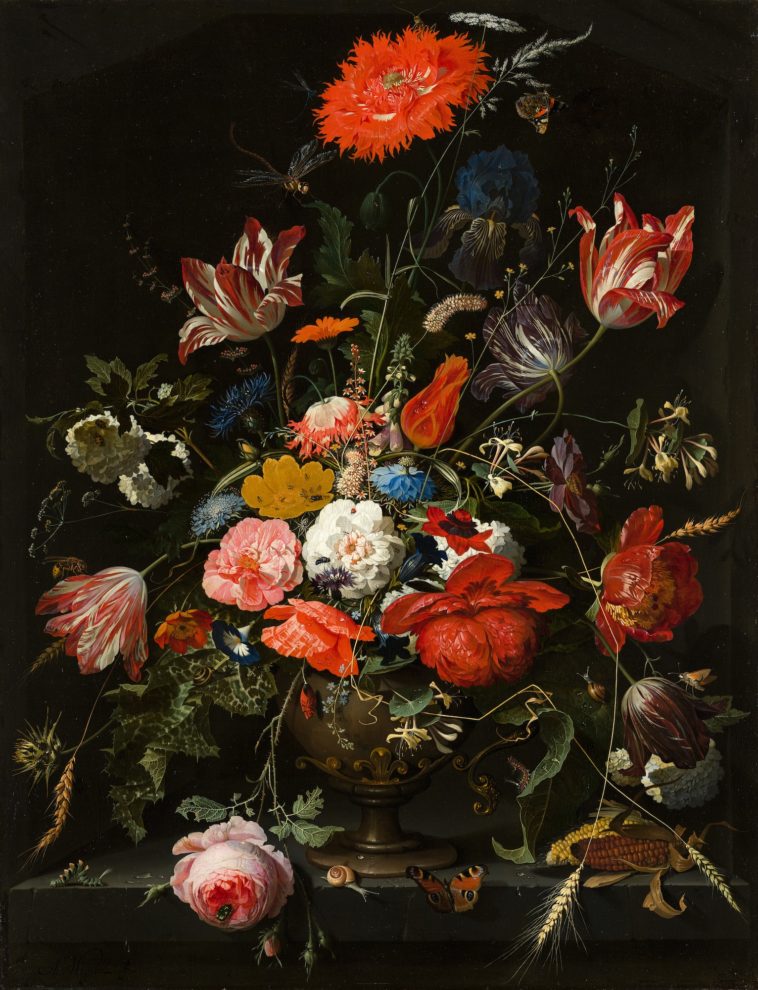The term “fan-made artwork,” colloquially known as “fan art,” refers to visual creations inspired by works of fiction. These works of fiction often come in the form of comic books, motion pictures, television series, or video games. This category of artwork is typically initiated by individuals who appreciate the original material and wish to create their own renditions based on its elements. Such elements could be characters, settings, or thematic concepts that exist within the source material.
Distinction from Official Artwork
Significantly, fan-made artwork is different from the official artwork in several ways. Most importantly, it is not usually initiated, endorsed, or commissioned by the creators or owners of the original works of fiction. It is generally considered to be a form of “fan labor,” a category that encapsulates various creative endeavors initiated by fans rather than the official creators.
Evolution of Fan Art: A Brief History
Fan art can be traced back to the early 20th century, long before the advent of digital platforms. Historically, fan art was often shared in fanzines (fan magazines), which were circulated in small communities. With the advent of the internet, particularly social media platforms and forums, the reach of fan art has expanded exponentially. Websites like DeviantArt, Tumblr, and even Reddit have become platforms where artists can share their fan art and receive feedback.
Legal Implications
The legality surrounding fan art can be complex. Generally, fan art could potentially violate copyright laws as it involves the use of intellectual property owned by someone else. However, some argue that fan art could be considered “fair use” under U.S. copyright law if it is transformative, non-commercial, or does not reduce the market value of the original work. It’s important for creators of fan art to be aware of these legal implications to navigate any potential risks.
Cultural Impact
The impact of fan art is substantial, both culturally and economically. On the cultural front, fan art fosters community engagement and extends the lifespan of the original work. Economically, while fan art itself might not be a significant source of income for many artists, it has been known to serve as a stepping stone for budding artists to gain recognition and eventually embark on commercial ventures.
Commercial Aspects and Monetization
While fan art is generally non-commercial, there have been instances where artists have monetized their fan art through various avenues such as commissions, prints, or merchandise. However, such commercial activities always tread a fine line legally and could be subject to copyright infringement claims from the owners of the original work.
Mediums and Techniques
Fan art can be created using a variety of mediums and techniques. Traditional methods involve the use of pencils, inks, and paints on paper or canvas. In contrast, digital fan art employs software like Adobe Photoshop, Corel Painter, and graphics tablets. The digital revolution has democratized the art form, making it accessible to more people than ever before.
The Relationship with Fandoms
Fan art is closely tied to the concept of a “fandom,” a community of fans that share a common interest in a particular work of fiction. Fandoms often provide the initial platform for fan art to be shared and appreciated. Moreover, the reciprocal relationship between fan art and fandoms serves to amplify interest in the original work, creating a synergistic effect that benefits both the original creators and the fan community.
Psychological Aspects
The act of creating fan art can also be looked at from a psychological perspective. For many, it serves as a creative outlet that allows for self-expression. It can also provide a sense of belonging to a larger community that shares similar interests. The emotional investment in the original work often serves as a catalyst for the creative process, enhancing both the creation and consumption of fan art.
Summary Table: Key Aspects of Fan Art
H5: Various Dimensions of Fan Art
| Aspect | Description |
|---|---|
| Origin | Derived from works of fiction like comics, movies, TV shows, and video games |
| Legal Status | Potentially infringing on copyrights but may qualify for “fair use” |
| Cultural Impact | Enhances community engagement and prolongs the life of original works |
| Commercial Potential | Limited; primarily non-commercial but some monetization avenues exist |
| Relationship with Fandoms | Integral; fandoms often provide the initial platform for sharing and amplification |
| Psychological Impact | Provides a creative outlet and a sense of community belonging |
| Mediums and Techniques | Traditional (pencil, ink, paint) and digital (software like Adobe Photoshop) |
The realm of fan art is vast and complex, intertwined with legal, cultural, and social facets. It serves as a testament to the enduring impact that works of fiction can have on individual creativity and community building. Despite the absence of official endorsement, it holds a significant position in modern pop culture and continues to evolve with the advent of new technologies and platforms.





